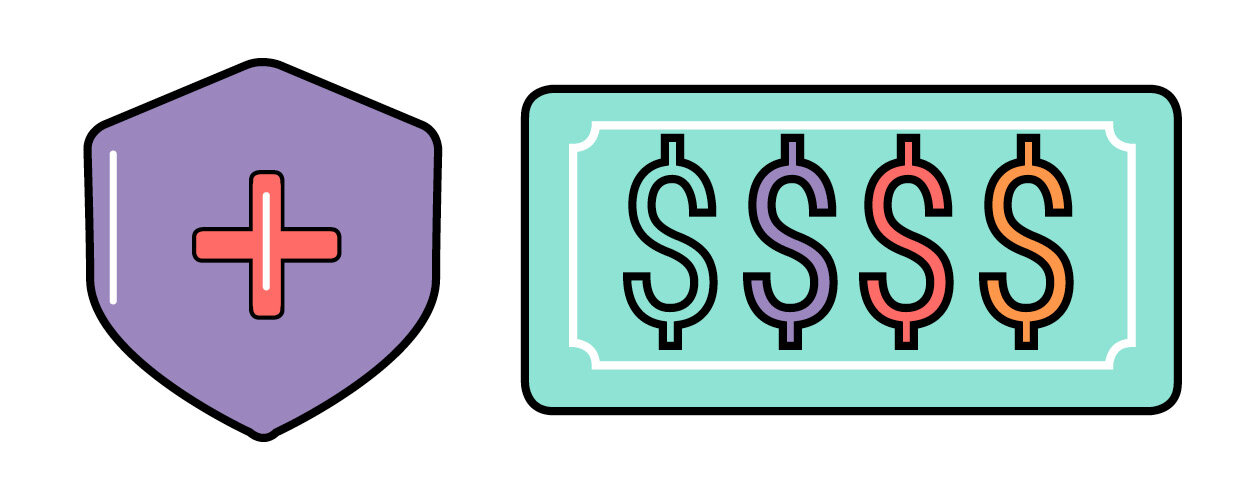Happy New Year Healthcare Hustlers!
Did you know that effective January 1, 2019, US hospitals have to post their standard charges online in a machine readable format and update their list at least annually?
“Effective CY 2019 CMS (Centers for Medicare and Medicaid Services) updated its guidelines to specifically require hospitals to make public a list of their standard charges via the Internet in a machine readable format, and to update this information at least annually, or more often as appropriate.”
Source: CMS Newsroom
While this is a positive step towards pricing transparency, know that the price you see is rarely the price anyone actually pays. Below we break down what this new law really means for all of the hustlers out there.
Update: As of January 1st, 2021, The Centers for Medicare and Medicaid Services (CMS) requires hospitals to share pricing information for cash (self) pay and for common insurers for 300 “shoppable” services. Check out this more recent article for even more up to date information.
TLDR: The price a hospital lists for a procedure is helpful but could change depending on if you have insurance or depending on who your insurance provider is. Do not assume that the most expensive hospital listed will actually cost you more, or that the least expensive hospital listed will save you money.
At this point you should know that we love a good example, so we have outlined the two most common payment scenarios to explain why the price listed is rarely the price you will pay.
Let’s set the stage first, shall we?
Devika is going to have a minor outpatient surgery at her local hospital. (Read this to see why there could be a cheaper option). The price listed on the hospital website for that procedure is $9,372.
Payment Scenario One: The Patient has Insurance & the Facility is In-network
If Devika has insurance and the hospital is in-network, Devika will only pay her portion of the contracted rate (aka “the allowed amount”) - a price that the insurance provider and the hospital have previously agreed on.
Devika’s EOB will likely show the following:
Hospital billed: $9,372
The total amount for the facility fee (usually doesn’t include the doctor/physician fee)
Insurance discount: $2,389
The difference between the hospital billed amount and the insurance contracted rate/allowed amount. In simpler words, the discount that you get because you are a BCBS/Cigna/Aetna/other insurer member.
Total amount owed after insurance discount: $6,983
AKA the contracted rate/the contractual rate/the allowed amount/the insurance allowed amount. In simpler words, the cheaper price that you get because you are a BCBS/Cigna/Aetna/other insurer member.
Insurance paid (80%): $5586.40
Assuming the patient had already met their deductible, and the contracted rate was then subject to 80%/20% coinsurance, as is common for facility charges.
Patient responsibility (20%): $1,396.60
Assuming the patient had already met their deductible, and the contracted rate was then subject to 80%/20% coinsurance, as is common for facility charges.
As you can see from this example, while the hospital website may say that the hospital charges $9,372 for the procedure, the actual patient responsibility is dependent on:
The contracted rate with the insurance
The contracted rate varies significantly from one insurance company to the next. BCBS, for example, may have a lower contracted rate for one procedure at one hospital, and a higher contracted rate for another procedure at the same hospital.
The contracted rate can be challenging to find out (but we encourage you to try!!!) The best way to find out the contracted rate in advance of any procedure is by calling the hospital billing office and asking the following: “What is the contracted rate/allowed amount for procedure x with CPT code xxxxx with [insurance company name]?” Some insurance companies have online cost estimators that may enable you to find the contracted rate, but the accuracy of those estimators varies widely.
The patient’s benefits
In our example, we assumed that the patient had to pay 20% coinsurance and had already met her deductible. Benefits for outpatient procedures can vary widely, and can include anything from 100% patient responsibility (when they apply to the deductible and it has not been met) to a copay as low as $50. Check your Summary of Benefits and call your insurance company to understand what your benefit is for the type of care you are receiving.
Payment Scenario Two: The Patient Does Not Have Insurance
If Devika does not have insurance, she is considered “self-pay” or “cash-pay.” The hospital usually offers a straightforward discount of 10%-60% to self-pay patients either up-front or if asked about once the first bill is sent.
Using the example above, we will assume that Devika is now self-pay. The hospital will do one of two things:
Send her a bill showing the cash/self pay discount already applied:
Total amount charged: $9,372
Cash/self-pay discount: 40% or $3,748.80
May or may not be displayed on bill
Total patient responsibility: $5,623.20
Send a bill for the total amount charged, hoping she will pay in full:
Total amount charged: $9,372
At this point, Devika should call the hospital phone number listed on the bill and ask for a self-pay/cash-pay discount. They will almost always offer one, reducing the cost of the bill significantly.
The good news? If a patient does not have insurance, the prices posted online are going to make life easier. Once the patient knows what procedure they need to have, they can compare the cost of that procedure and the self-pay discount each hospital gives to determine the total cost.
For more details on this new law, check out the following links:


